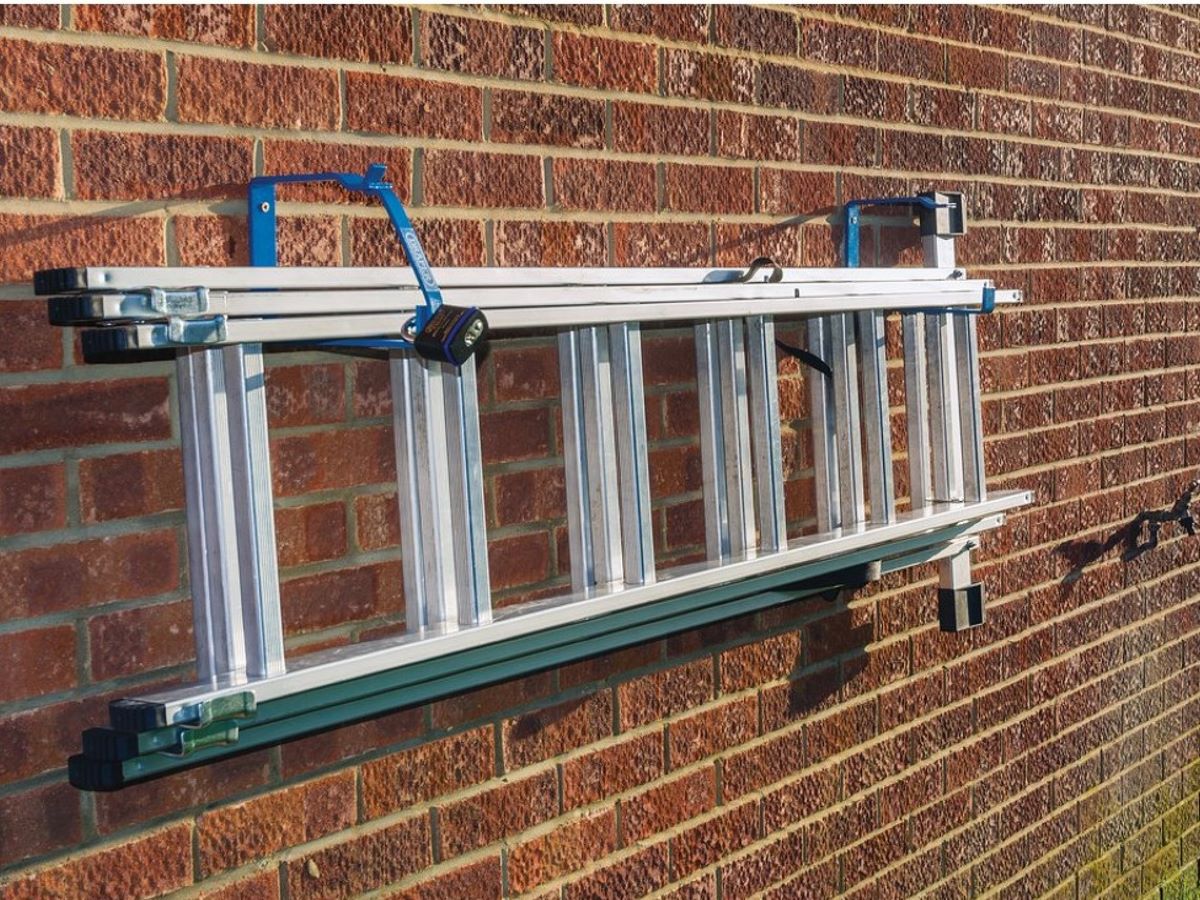

Articles
How To Secure A Ladder To A Wall
Modified: February 22, 2024
Learn how to securely attach a ladder to a wall with our informative articles. Gain valuable knowledge and ensure your safety during your next DIY project.
(Many of the links in this article redirect to a specific reviewed product. Your purchase of these products through affiliate links helps to generate commission for Storables.com, at no extra cost. Learn more)
Introduction
Securing a ladder to a wall is essential when working at heights. It helps to ensure stability and safety during various tasks such as painting, cleaning gutters, or accessing high shelves. However, knowing the right way to secure a ladder to a wall is crucial to prevent accidents and injuries. In this article, we will guide you through the steps on how to securely attach a ladder to a wall.
Before we begin, it’s important to note that ladder safety should never be taken lightly. Always follow the manufacturer’s instructions and guidelines when using a ladder. Additionally, assess the condition of the ladder and the wall to ensure they are in good condition and capable of supporting your weight. Now, let’s get started with the steps to secure a ladder to a wall.
Key Takeaways:
- Securely attaching a ladder to a wall is crucial for safety when working at heights. Follow steps such as gathering the right equipment, choosing the correct location, and testing stability to ensure a secure and stable ladder setup.
- Prioritize ladder safety by preparing the wall, attaching ladder brackets or hooks, and securing the ladder properly. Test the stability before use to minimize the risk of accidents and injuries when working at heights.
Read more: How To Secure A Ladder To A Roof
Step 1: Gather the necessary equipment
Before you start securing your ladder to a wall, it’s essential to gather all the necessary equipment. Here’s a list of items you’ll need:
- Ladder: Choose a ladder that is appropriate for the task and the height you need to reach. Ensure the ladder is in good condition without any cracks or damages.
- Ladder brackets or hooks: These are specially designed brackets or hooks that will help secure the ladder to the wall. They are available in various sizes and styles, so choose the one that suits your ladder and wall type.
- Measuring tape: Use a measuring tape to accurately measure the distance between the ladder rungs and the wall.
- Anchors and screws: Depending on the wall type, you may need anchors and screws to securely fasten the ladder brackets or hooks.
- Screwdriver or drill: You’ll need a screwdriver or a drill to attach the ladder brackets or hooks to the wall.
- Level: A level will help ensure that the ladder is installed straight and level against the wall.
- Pencil or marker: Use a pencil or marker to mark the positions where you’ll be installing the ladder brackets or hooks.
Once you have gathered all the necessary equipment, you’ll be ready to proceed to the next step, which is choosing the right location to secure your ladder to the wall.
Step 2: Choose the right location
Choosing the right location to secure your ladder to the wall is crucial for stability and safety. Here are some factors to consider when selecting the appropriate spot:
- Wall material: Different wall materials require different methods of attachment. For example, if you have a concrete or brick wall, you may need anchors and screws to secure the ladder brackets or hooks. On the other hand, if you have a wooden wall, you can screw the brackets or hooks directly into the wall.
- Wall strength: Ensure that the wall you choose is strong enough to support the weight of the ladder and the person using it. Weaker walls may require additional reinforcement, such as installing a plywood backing before attaching the ladder brackets or hooks.
- Height and reach: Consider the height you need to reach with the ladder and choose a location that allows you to access that height comfortably. Avoid placing the ladder too close to corners or edges that may compromise stability.
- Obstructions: Check for any obstructions, such as light fixtures, vents, or windows, that may hinder the placement of the ladder. Make sure there is enough space to position the ladder securely without any interference.
- Accessibility: Choose a location that provides easy access to the area you’ll be working on. This will help to minimize the need to move the ladder frequently, reducing the risk of accidents.
Once you have considered these factors, you can proceed to the next step, which is preparing the wall for ladder installation.
Step 3: Prepare the wall
Before securing your ladder to the wall, it’s important to prepare the wall surface to ensure a secure attachment. Follow these steps to prepare the wall:
- Clean the wall: Remove any dirt, debris, or dust from the area where you’ll be attaching the ladder brackets or hooks. Use a brush or a damp cloth to wipe the wall clean. This will ensure a better grip and adherence of the brackets or hooks to the wall.
- Locate studs or solid supports: If you have a wooden wall or a drywall with studs, it’s recommended to attach the ladder brackets or hooks to these solid supports for better stability. Use a stud finder or knock on the wall to locate the studs. Mark their positions for reference.
- Mark the positions: Use a pencil or a marker to mark the positions where you’ll be installing the ladder brackets or hooks. Ensure the marks are level and aligned with each other to maintain the ladder’s stability.
- Pre-drill holes (if necessary): Depending on the wall type, you may need to pre-drill holes for the anchors or screws to ensure a secure attachment. This is especially important for concrete or brick walls. Use a drill bit that matches the size of the anchors or screws you’ll be using.
By properly preparing the wall, you’ll create a solid foundation for attaching the ladder brackets or hooks. This will enhance the stability and safety of the ladder when it’s secured to the wall. Once the wall is prepared, you can move on to the next step, which is attaching the ladder brackets or hooks.
When securing a ladder to a wall, use ladder stabilizers or wall brackets to prevent it from slipping or falling. Always follow the manufacturer’s instructions for proper installation.
Step 4: Attach ladder brackets or hooks
Attaching ladder brackets or hooks is a crucial step in securing your ladder to the wall. Follow these steps to properly attach the brackets or hooks:
- Align the brackets or hooks: Position the ladder brackets or hooks according to the marks you made on the wall. Make sure they are aligned properly and level with each other.
- Secure the brackets or hooks: If you have wooden walls or drywall with studs, you can use screws to secure the brackets or hooks directly into the studs. Ensure the screws are tightly fastened, but be careful not to over-tighten and cause damage to the wall.
- Use anchors (if necessary): If you have concrete or brick walls, you’ll need to use anchors for a secure attachment. Insert the anchors into the pre-drilled holes and then screw the brackets or hooks into the anchors, ensuring they are firmly in place.
- Check for stability: After attaching the brackets or hooks, give them a gentle shake to ensure they are securely attached to the wall. If there is any wobbling or movement, recheck the installation and make any necessary adjustments.
It’s crucial to properly attach the ladder brackets or hooks to ensure a safe and stable connection between the ladder and the wall. Take your time when securing the brackets or hooks, and double-check their alignment and stability before proceeding to the next step.
Now that the ladder brackets or hooks are securely in place, you are ready to move on to the next step, which is actually securing the ladder to the wall.
Read more: How To Secure A Ladder To A Flagpole
Step 5: Secure the ladder to the wall
Now that the ladder brackets or hooks are securely attached to the wall, it’s time to secure the ladder itself. Follow these steps to safely secure the ladder to the wall:
- Position the ladder: Place the ladder in front of the wall, aligning it with the ladder brackets or hooks. Ensure that the ladder is centered and positioned evenly on the brackets or hooks.
- Check ladder alignment: Use a level to make sure that the ladder is straight and level against the wall. Adjust the ladder if necessary to achieve a balanced alignment.
- Secure the ladder: Depending on the ladder design and the type of brackets or hooks you have installed, there are different methods to secure the ladder. Some options include using straps or clamps to hold the ladder in place or using ladder locks that engage with the ladder brackets or hooks.
- Ensure a tight fit: Make sure that the ladder is securely locked into place and does not have any excessive movement or wobbling. If there is any instability, double-check the ladder’s alignment and the attachment of the ladder brackets or hooks.
Properly securing the ladder to the wall is essential for stability and safety. It ensures that the ladder remains in place while you are working, reducing the risk of accidents or falls. Take your time to ensure a secure fit before moving on to the next step.
Now that the ladder is securely attached to the wall, it’s important to test its stability to ensure a safe working environment. This brings us to the next step, step 6: testing the stability of the ladder.
Step 6: Test the stability
Before you start using the ladder for any tasks, it’s essential to test its stability to ensure a safe working environment. Follow these steps to test the stability of the ladder:
- Apply weight: Gradually apply weight on the ladder by stepping onto one of the lower rungs. Pay attention to any excessive movement or wobbling. If the ladder feels unstable, do not continue using it and recheck the attachment of the ladder brackets or hooks.
- Shake test: Give the ladder a gentle shake to test its stability. The ladder should feel secure with minimal movement or sway. If there is significant shaking or wobbling, reevaluate the ladder’s attachment and make necessary adjustments.
- Test on a lower rung: Start by using the ladder on a lower rung first before attempting higher ones. This allows you to gauge the ladder’s stability and make any necessary adjustments before working at greater heights.
- Stay within the ladder’s weight capacity: Ensure that you and any equipment or materials you will be carrying while using the ladder are within its weight capacity. Exceeding the weight limit can compromise the ladder’s stability and safety.
Testing the stability of the ladder is a critical step to ensure your safety while working at heights. If at any point during testing, you feel that the ladder is unstable or unsafe, discontinue using it and reassess the attachment and overall condition of the ladder and wall.
By following these steps to test the stability of the ladder, you can have confidence in its safe use for your tasks. Remember to always prioritize safety and take the necessary precautions when working on a ladder.
Now that you have successfully secured and tested the ladder, you are ready to carry out your tasks with improved stability and peace of mind.
Conclusion
Securing a ladder to a wall is an important step in ensuring safety when working at heights. By following the steps outlined in this article, you can securely attach a ladder to a wall and minimize the risk of accidents or injuries. Here’s a quick recap of the steps:
- Gather the necessary equipment, including a ladder, ladder brackets or hooks, measuring tape, anchors and screws, a screwdriver or drill, a level, and a pencil or marker.
- Choose the right location by considering the wall material, wall strength, height and reach, obstructions, and accessibility.
- Prepare the wall by cleaning it, locating studs or solid supports, marking the positions, and pre-drilling holes if necessary.
- Attach ladder brackets or hooks by aligning them with the marks, securing them with screws or anchors, and checking for stability.
- Secure the ladder to the wall by positioning it on the brackets or hooks, checking alignment, and ensuring a tight fit.
- Test the stability by applying weight, performing a shake test, starting on lower rungs, and staying within the ladder’s weight capacity.
Remember, ladder safety should always be a top priority. Before using any ladder, thoroughly inspect it for any damages or defects. Additionally, always follow the manufacturer’s instructions and guidelines for proper usage and weight limits.
By following these steps and practicing ladder safety precautions, you can have a secure and stable ladder setup, allowing you to effectively and safely complete various tasks at heights. Stay safe, work confidently, and enjoy the benefits of a properly secured ladder!
Frequently Asked Questions about How To Secure A Ladder To A Wall
Was this page helpful?
At Storables.com, we guarantee accurate and reliable information. Our content, validated by Expert Board Contributors, is crafted following stringent Editorial Policies. We're committed to providing you with well-researched, expert-backed insights for all your informational needs.
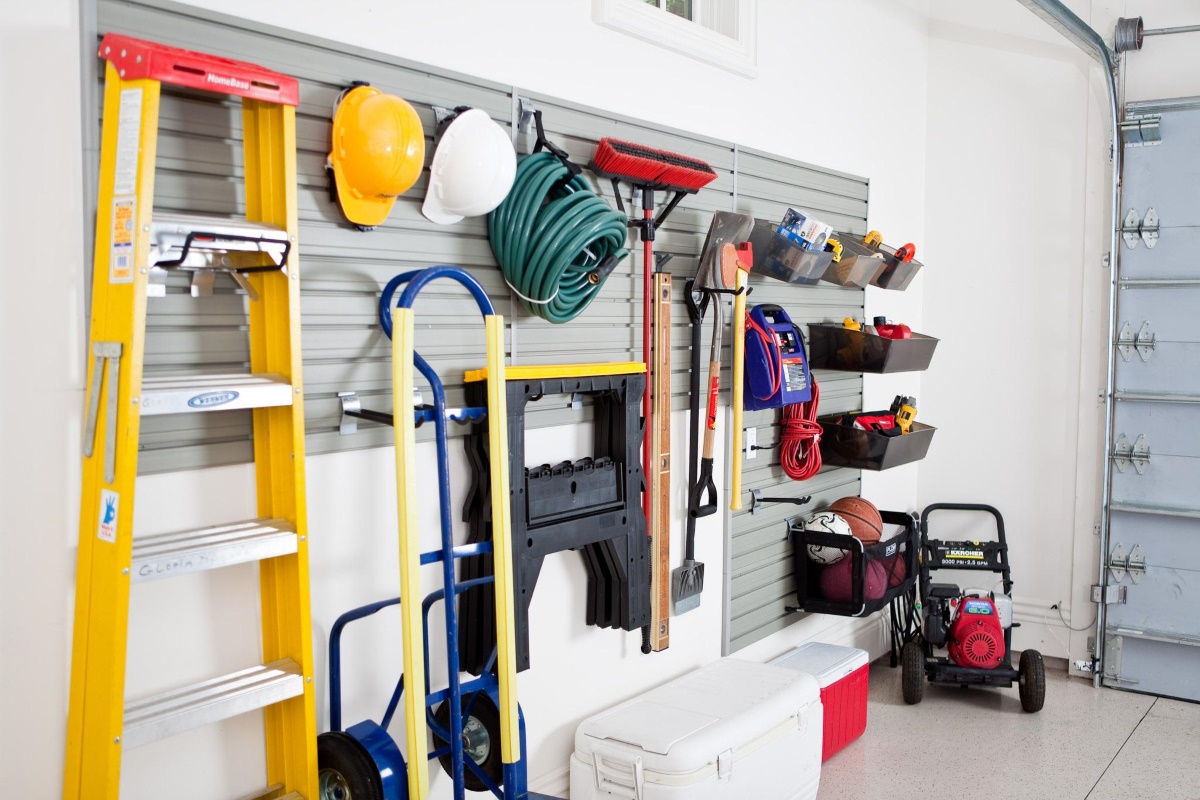
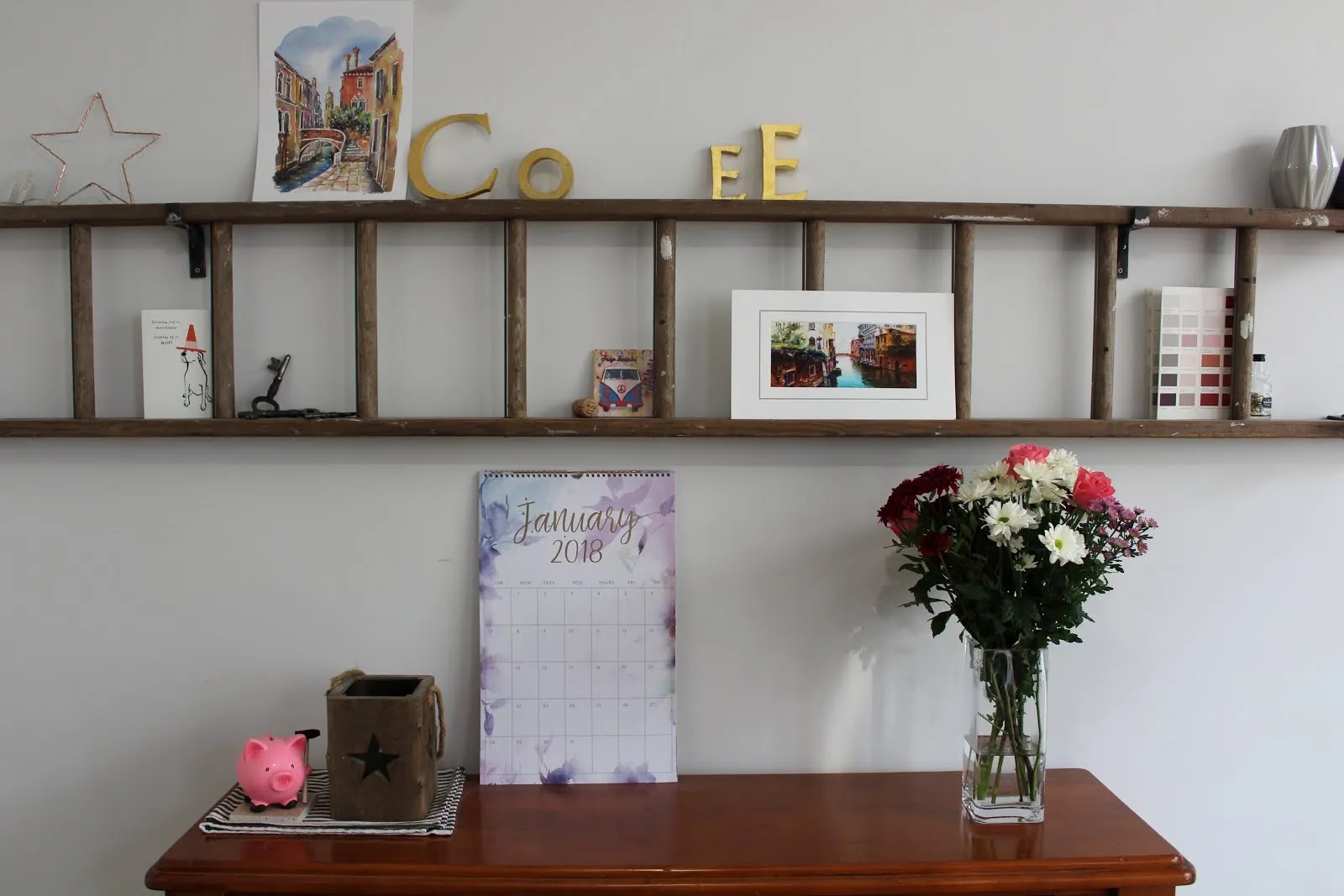

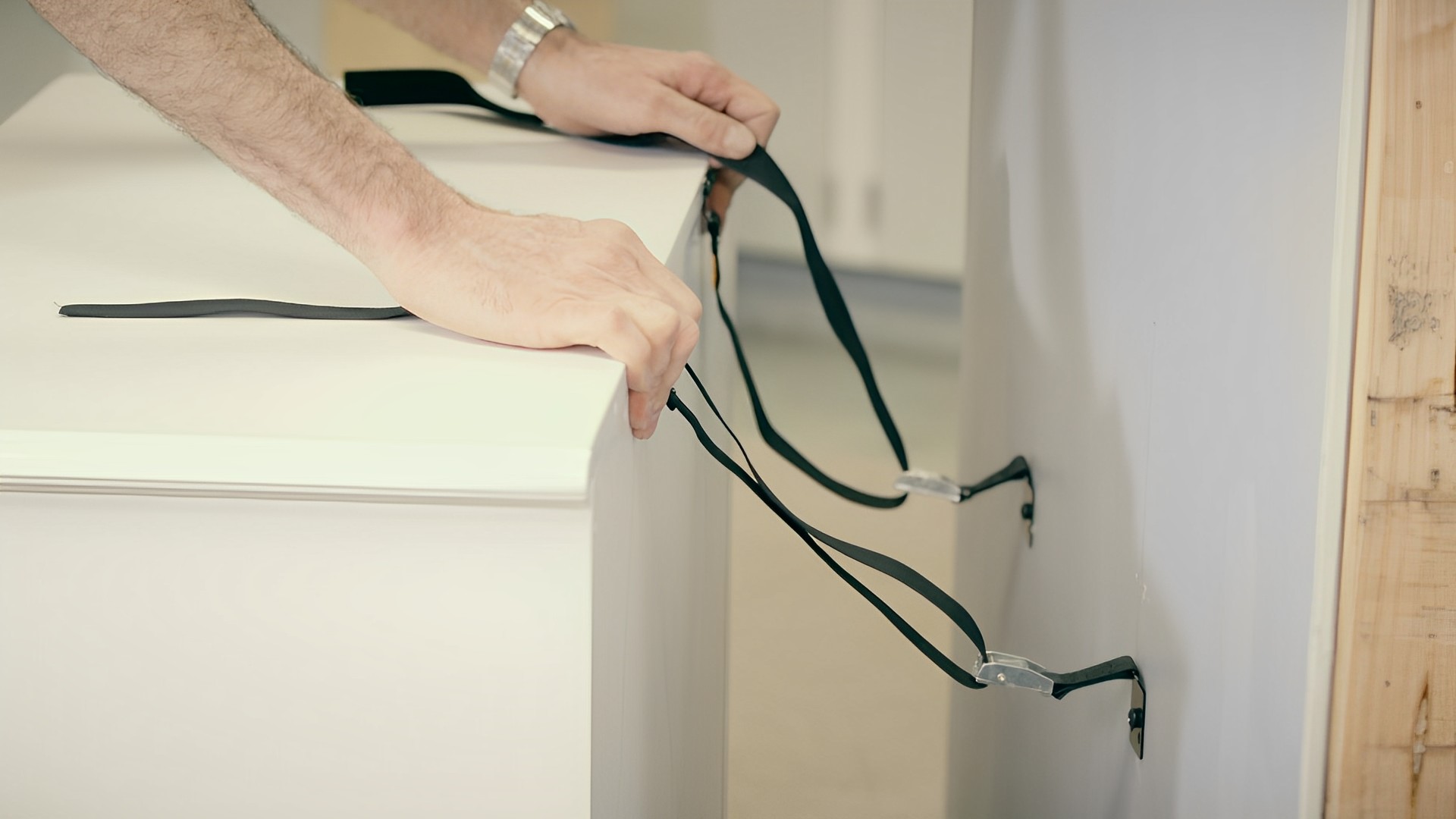
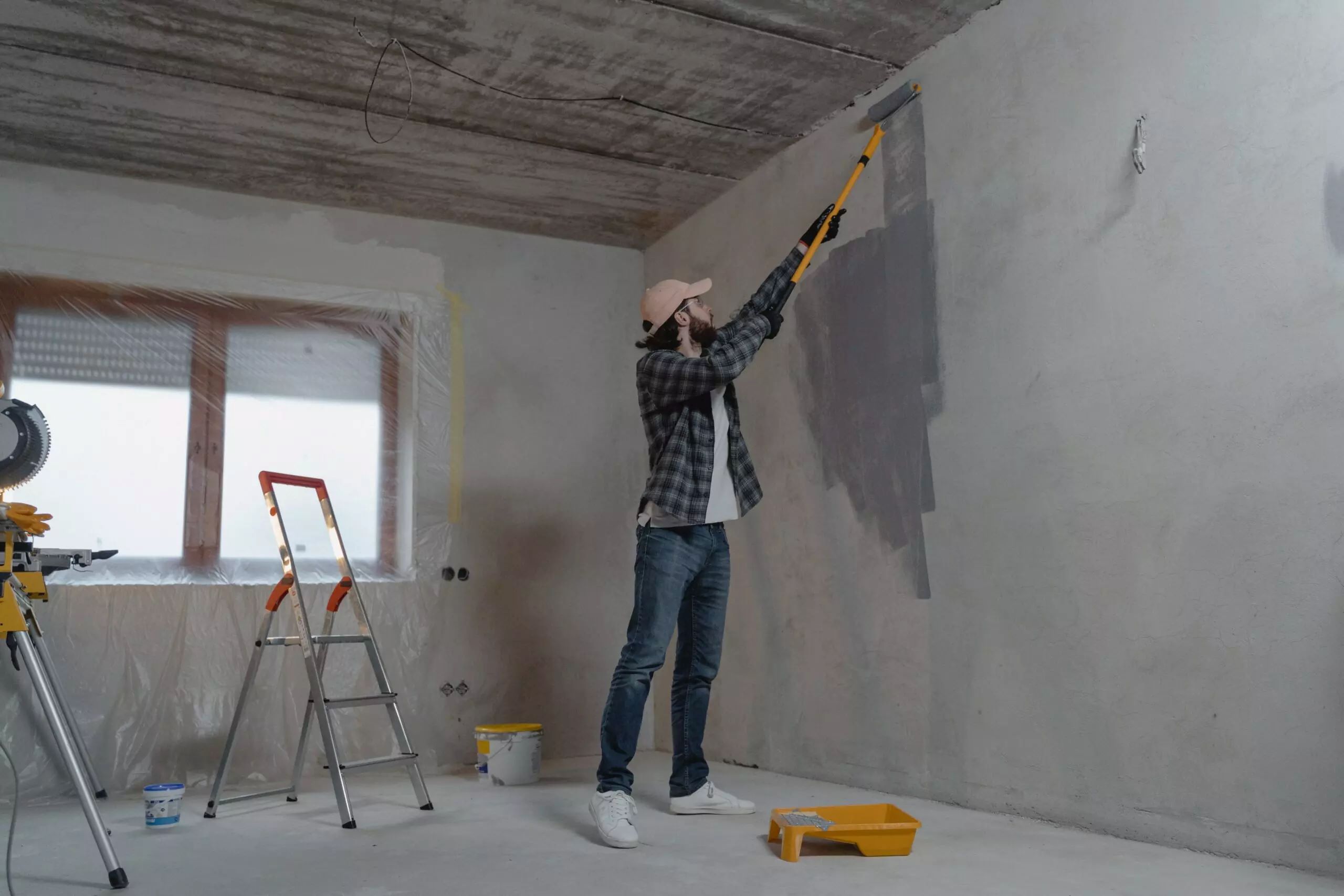
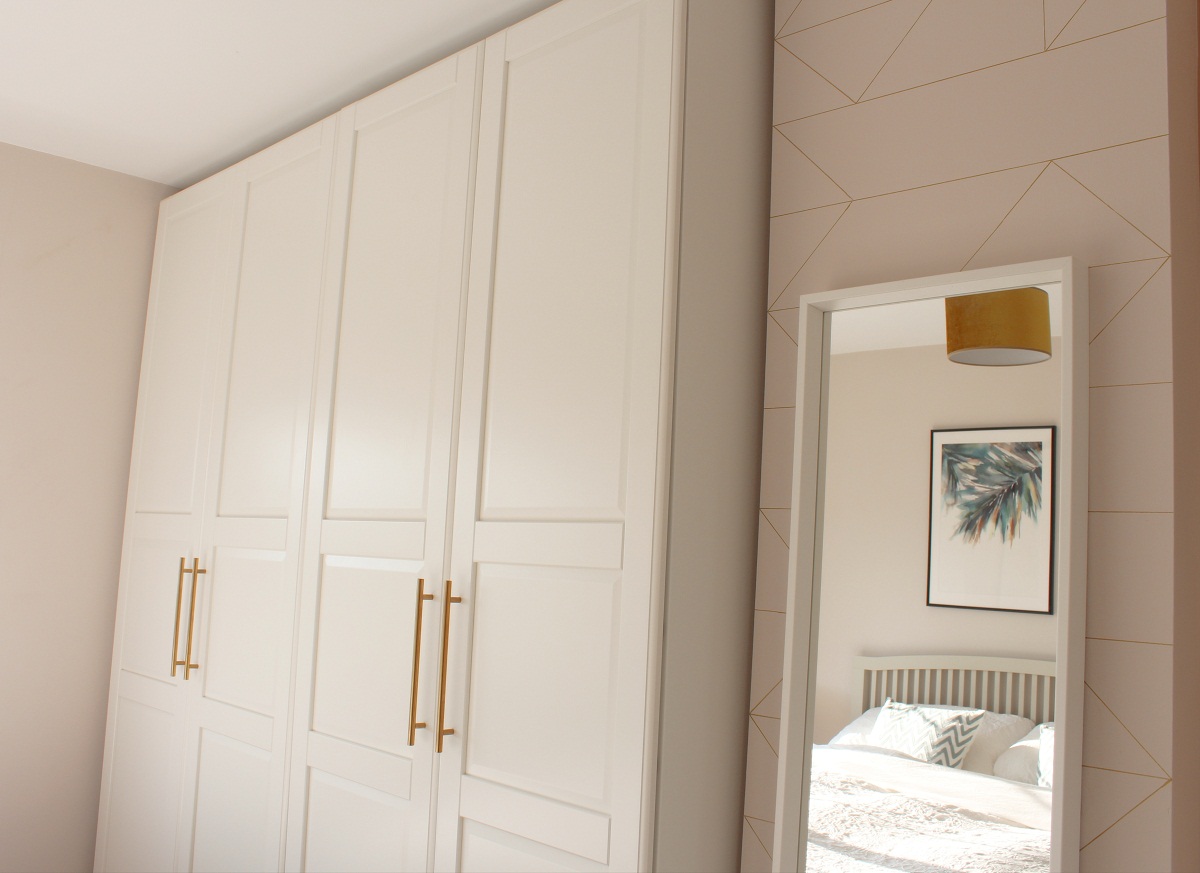
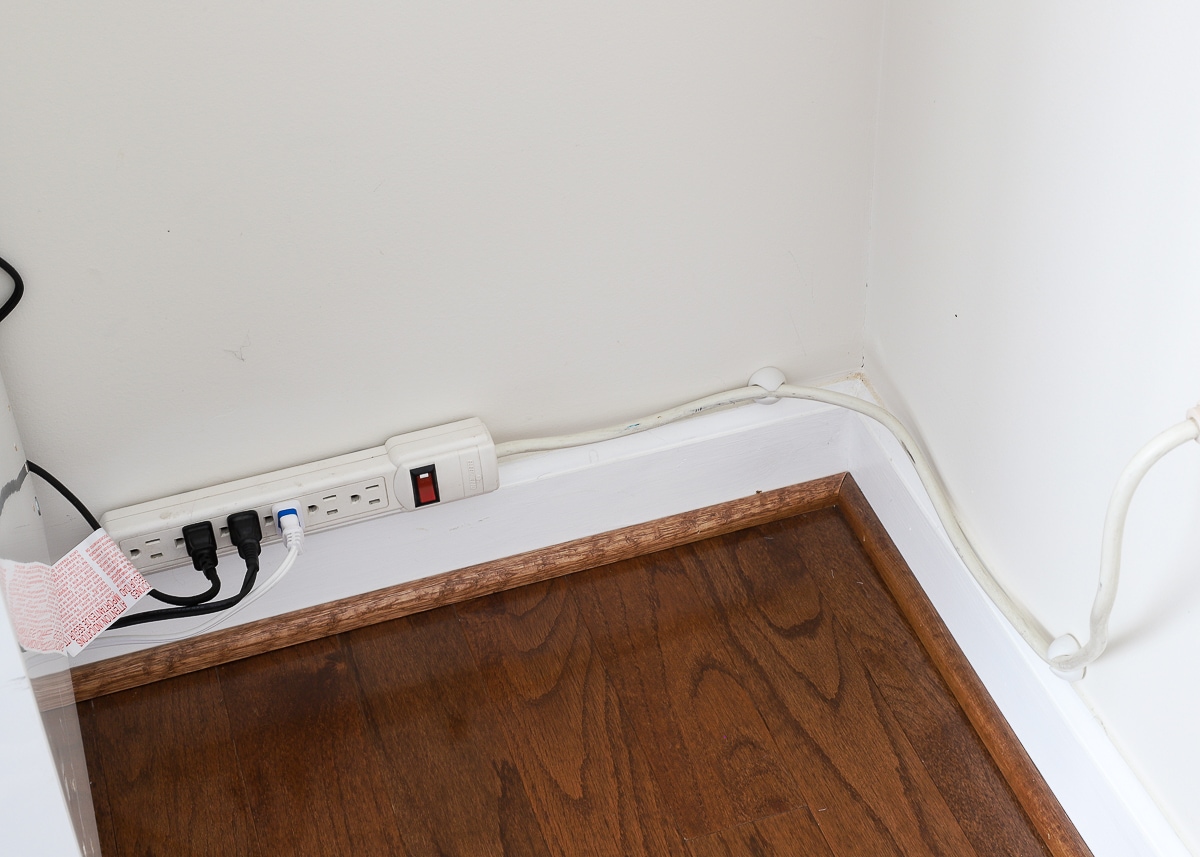
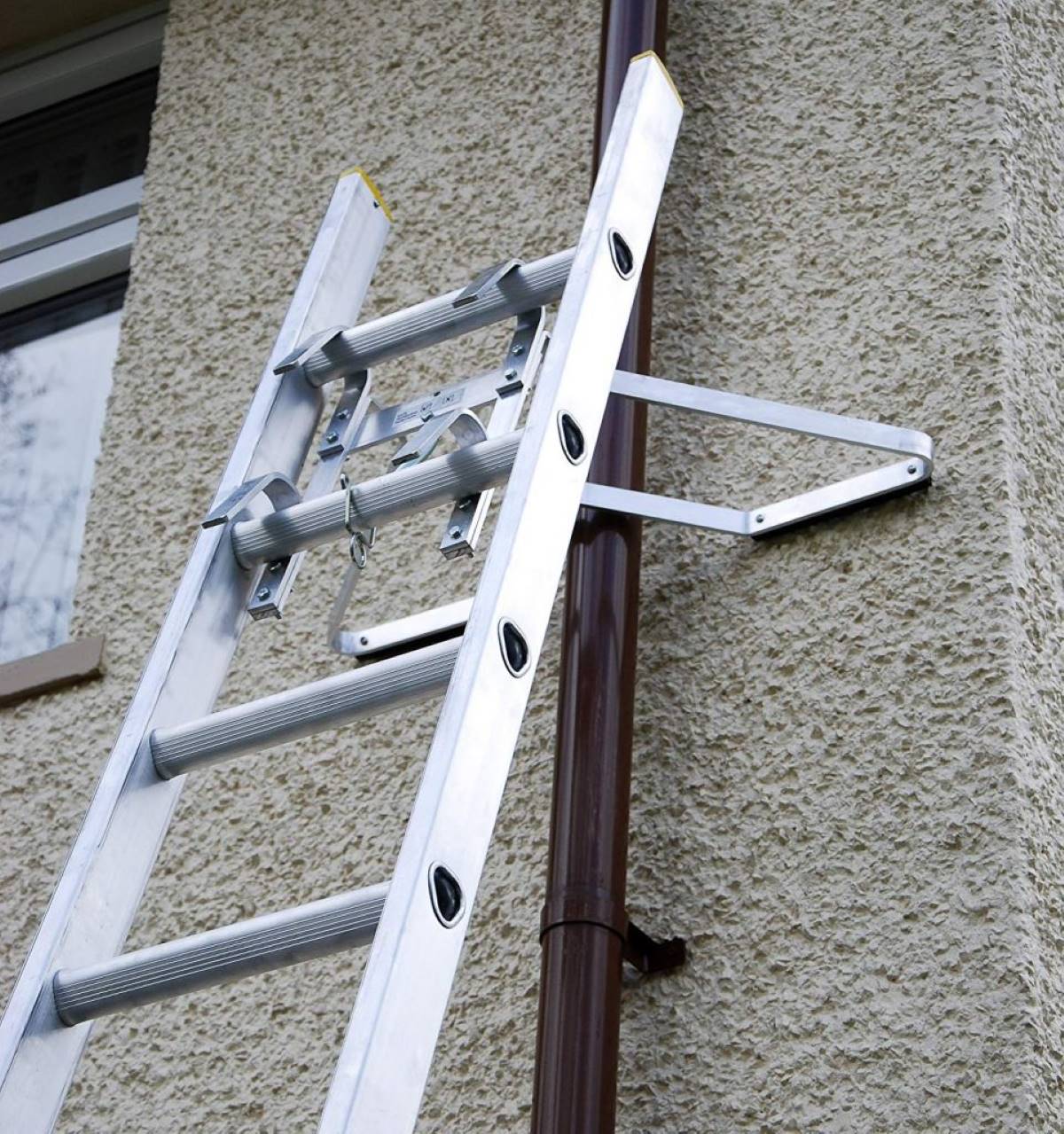
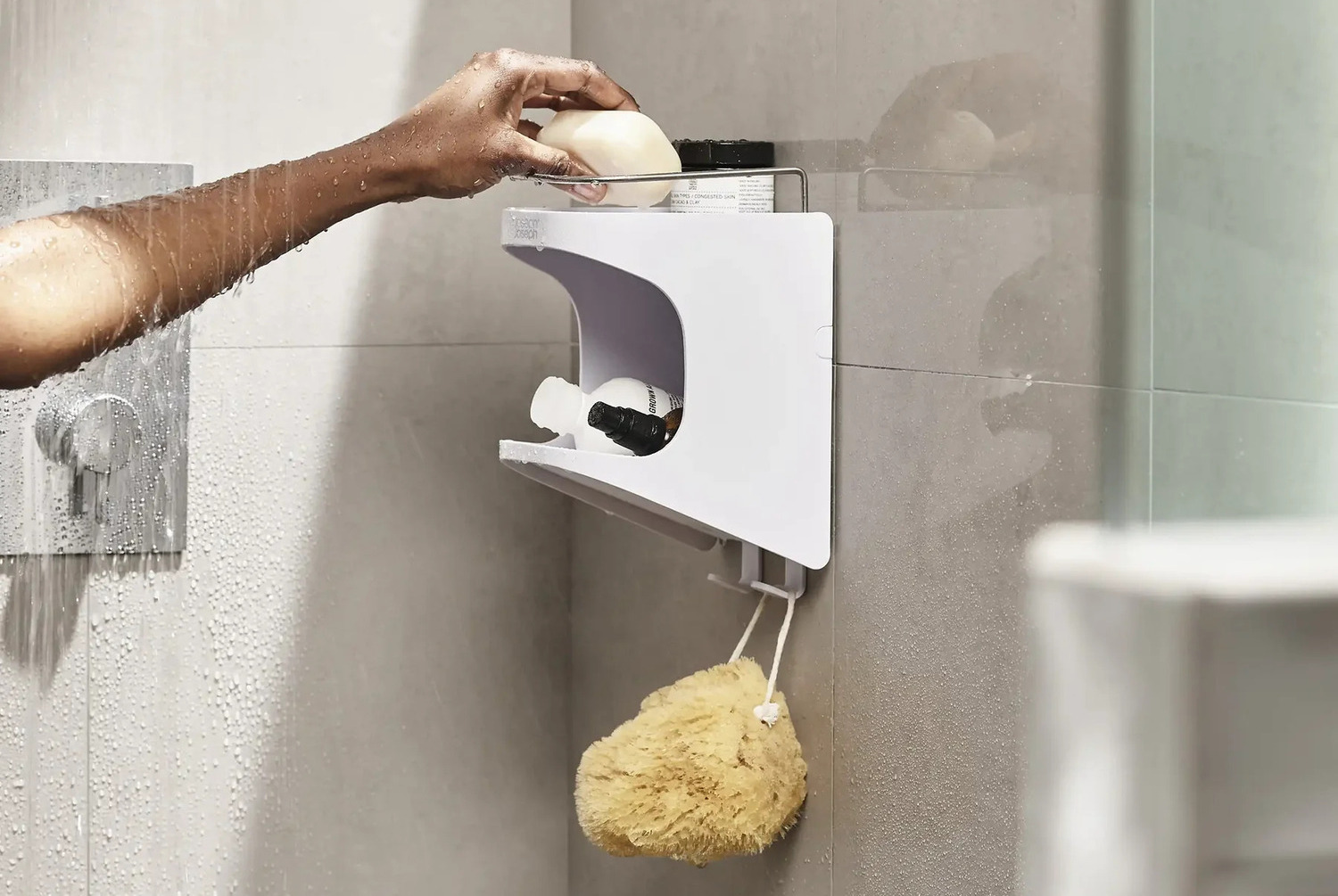
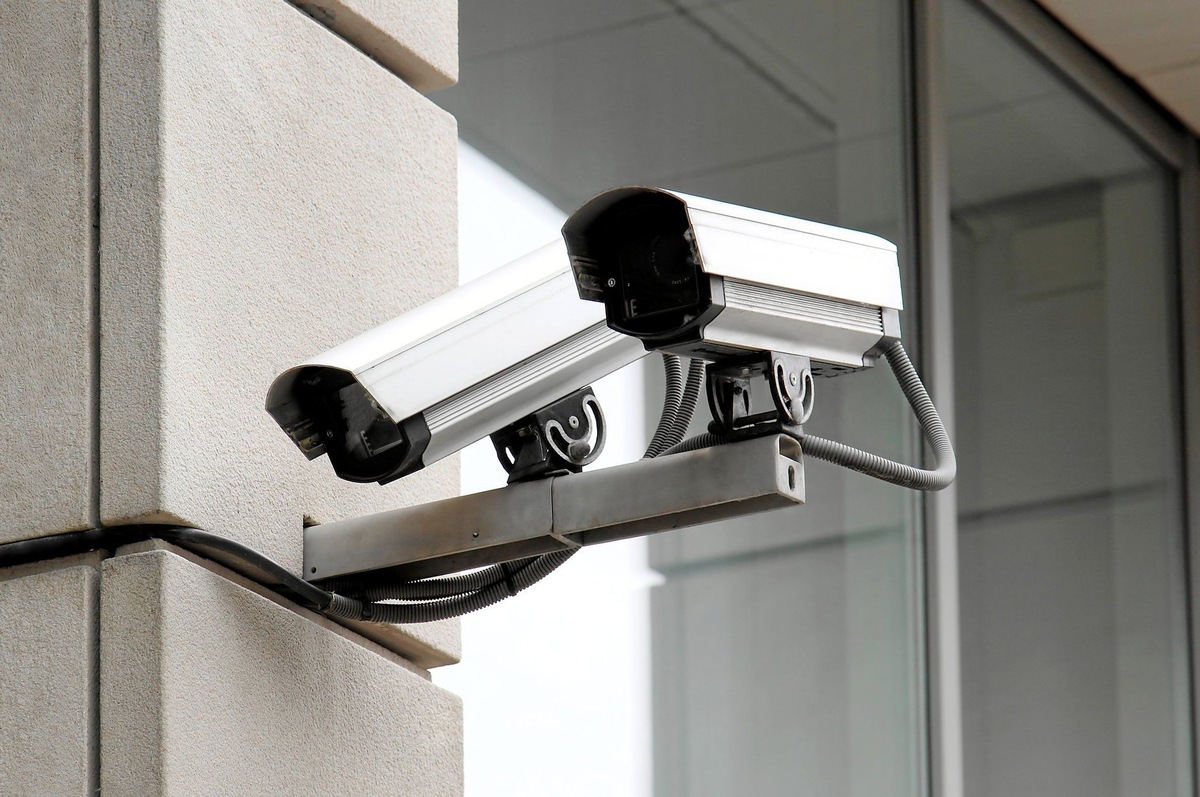
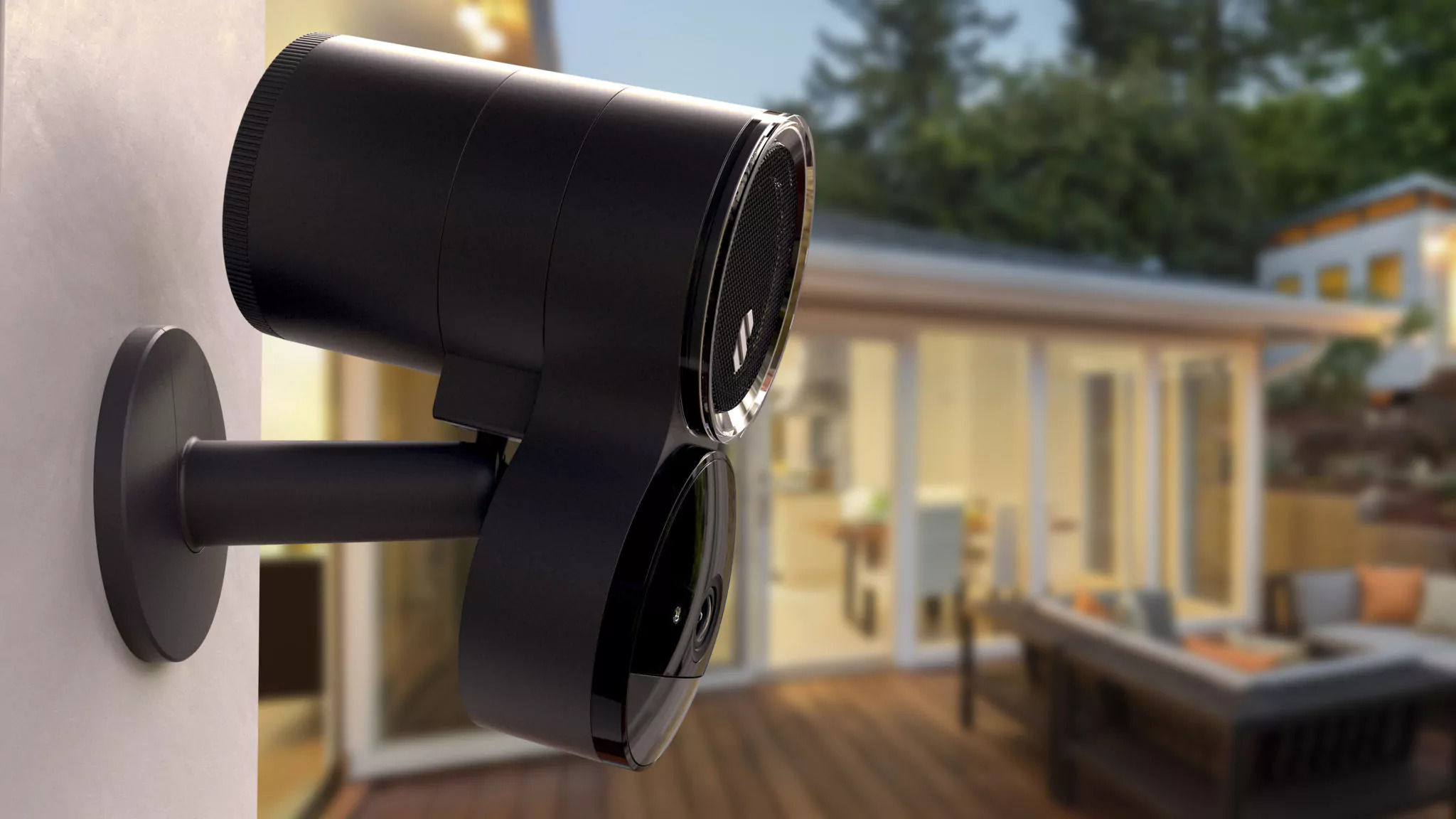
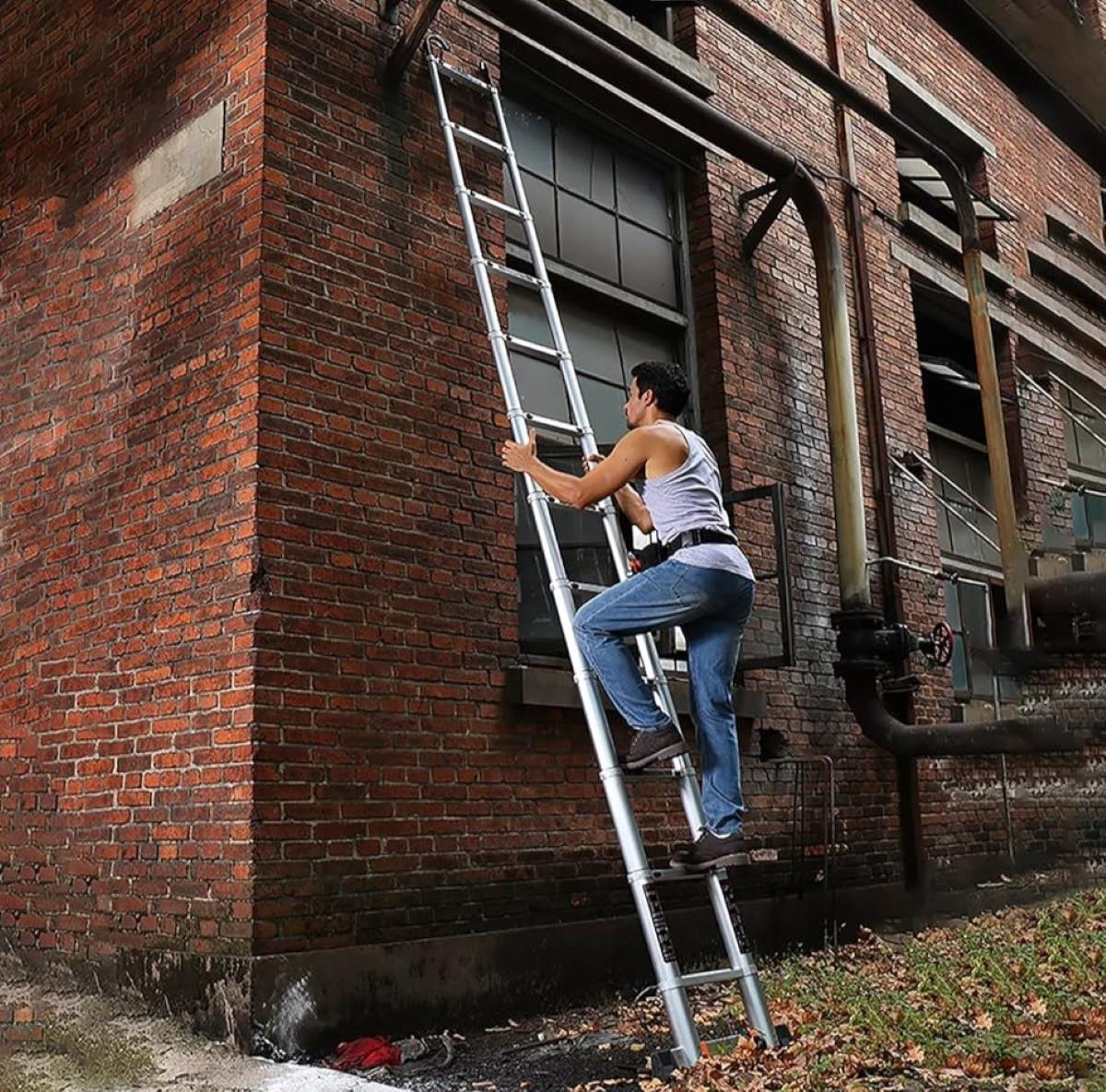
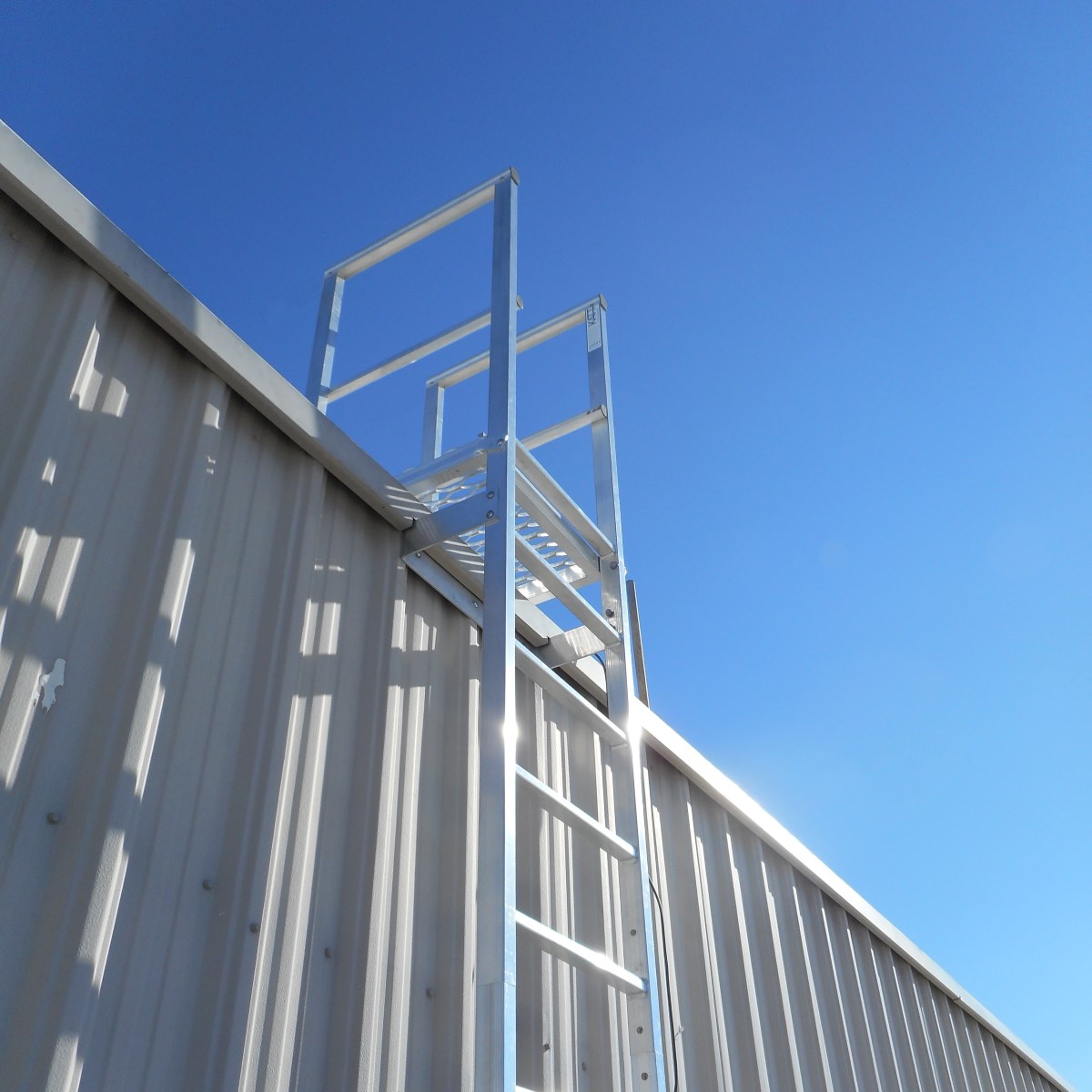
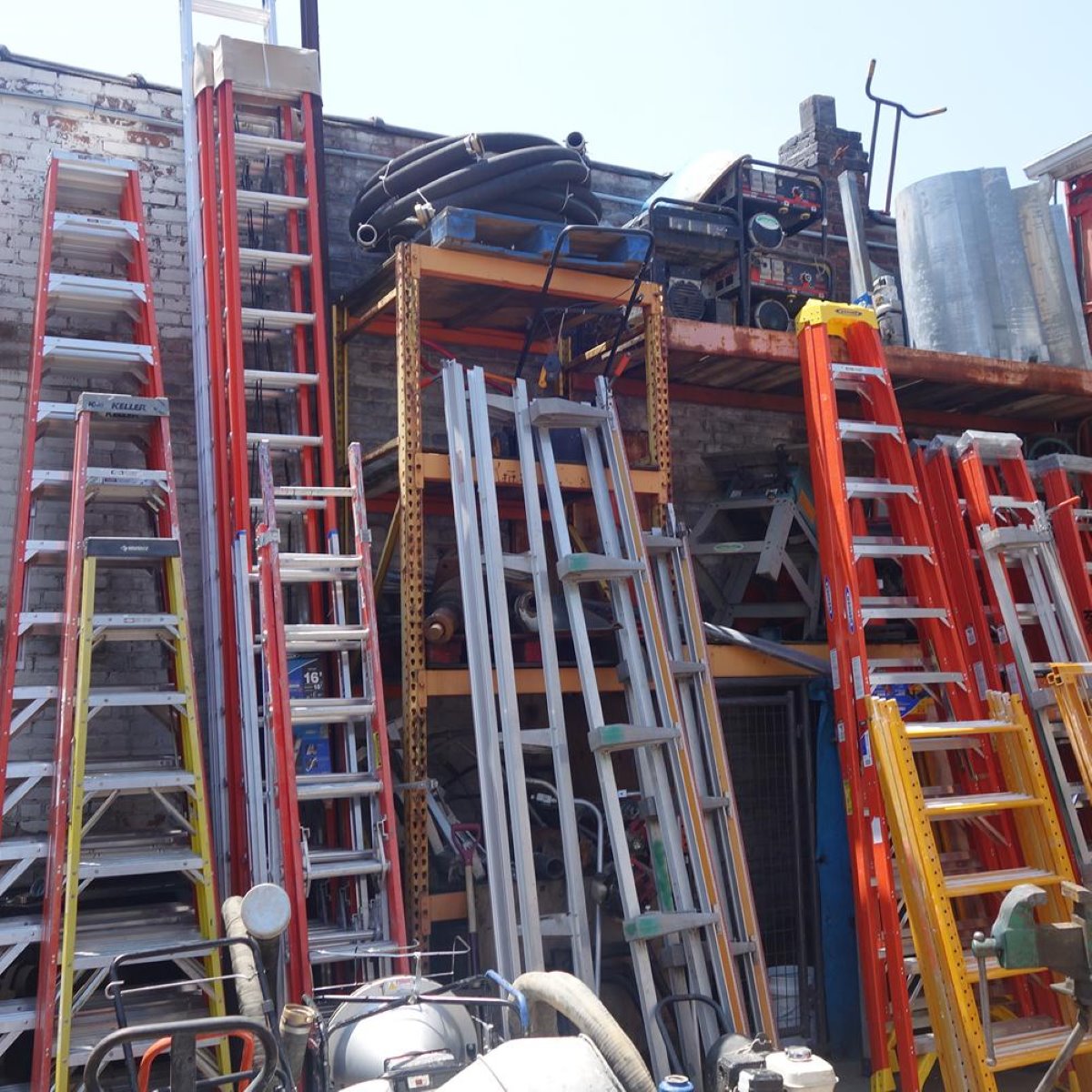

0 thoughts on “How To Secure A Ladder To A Wall”